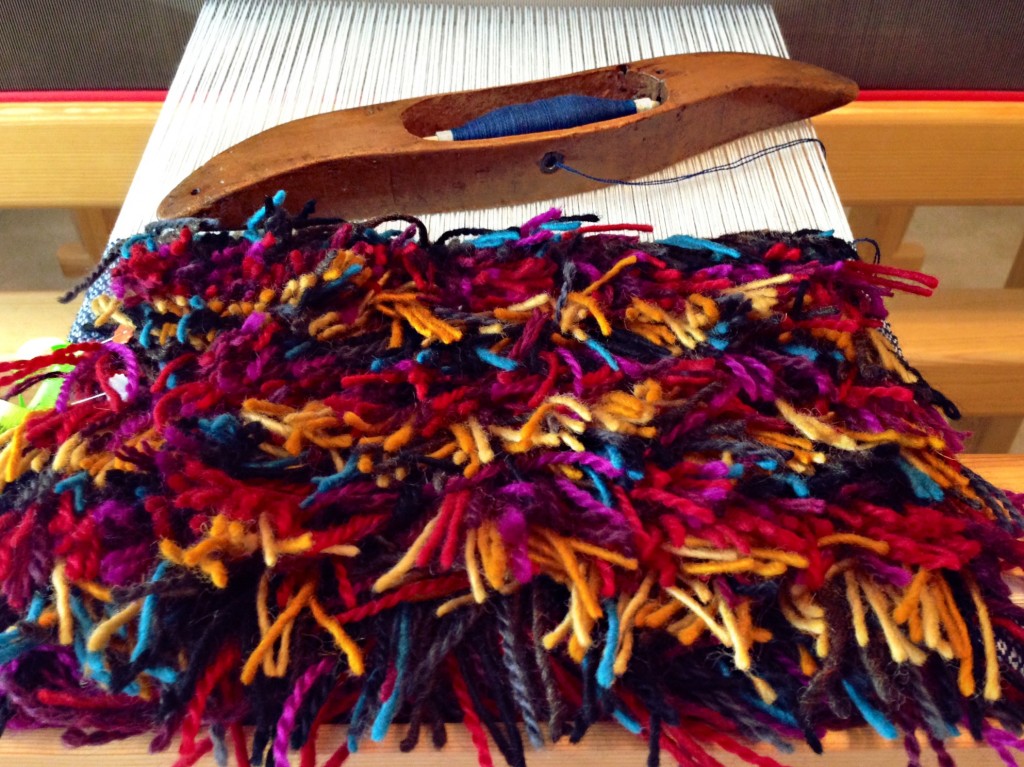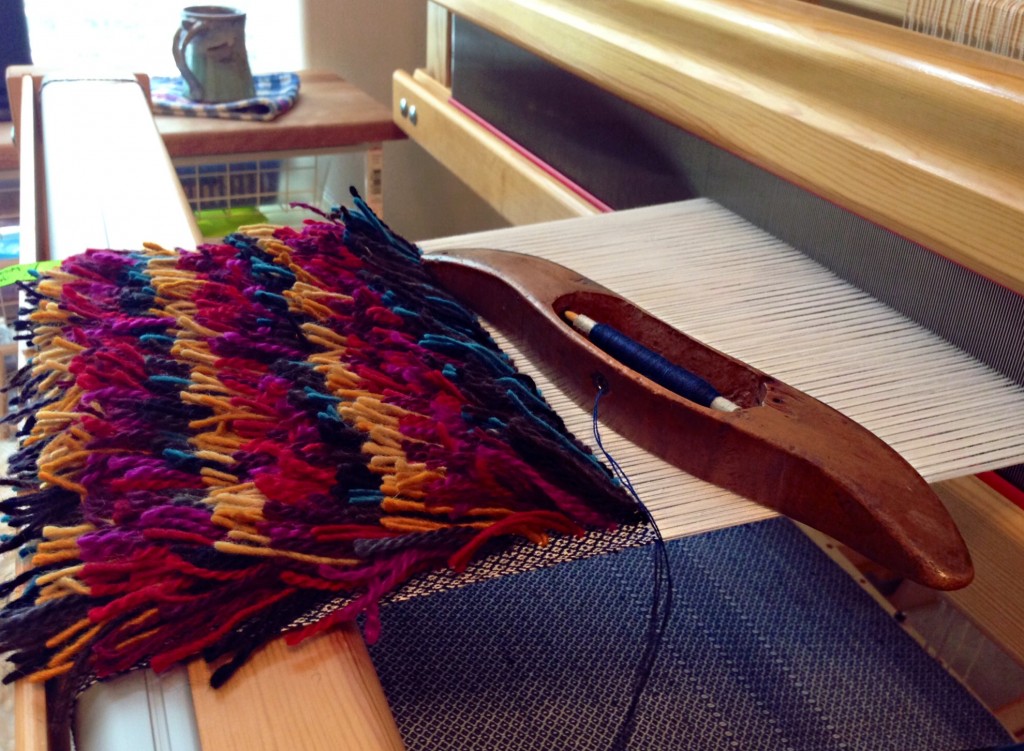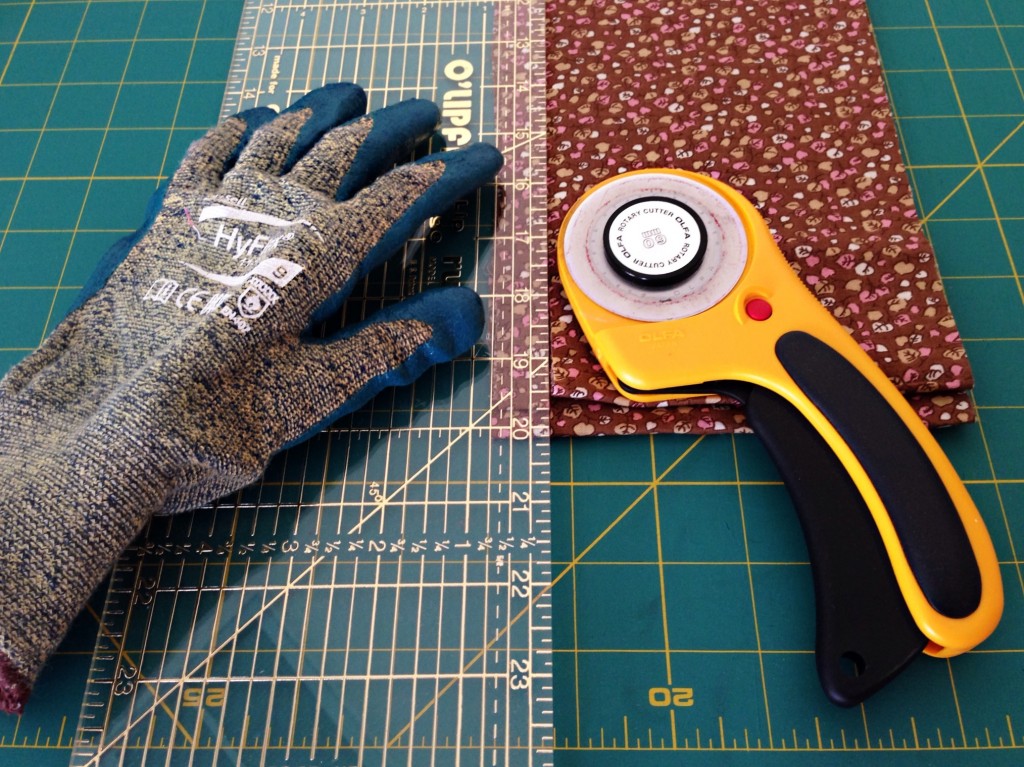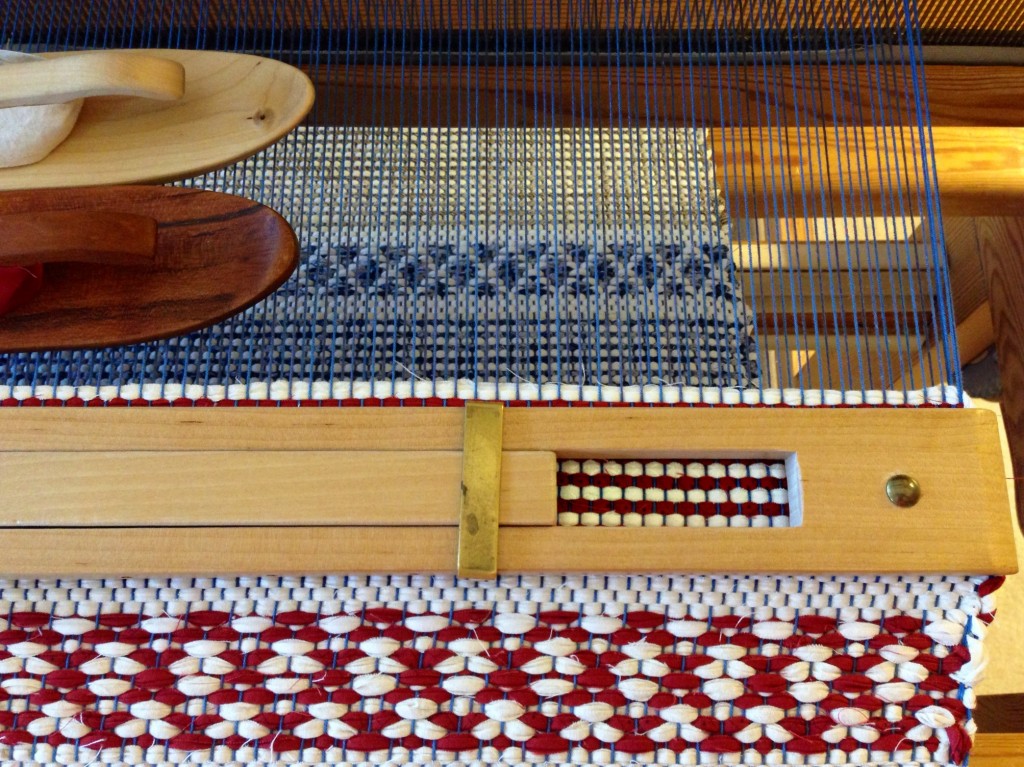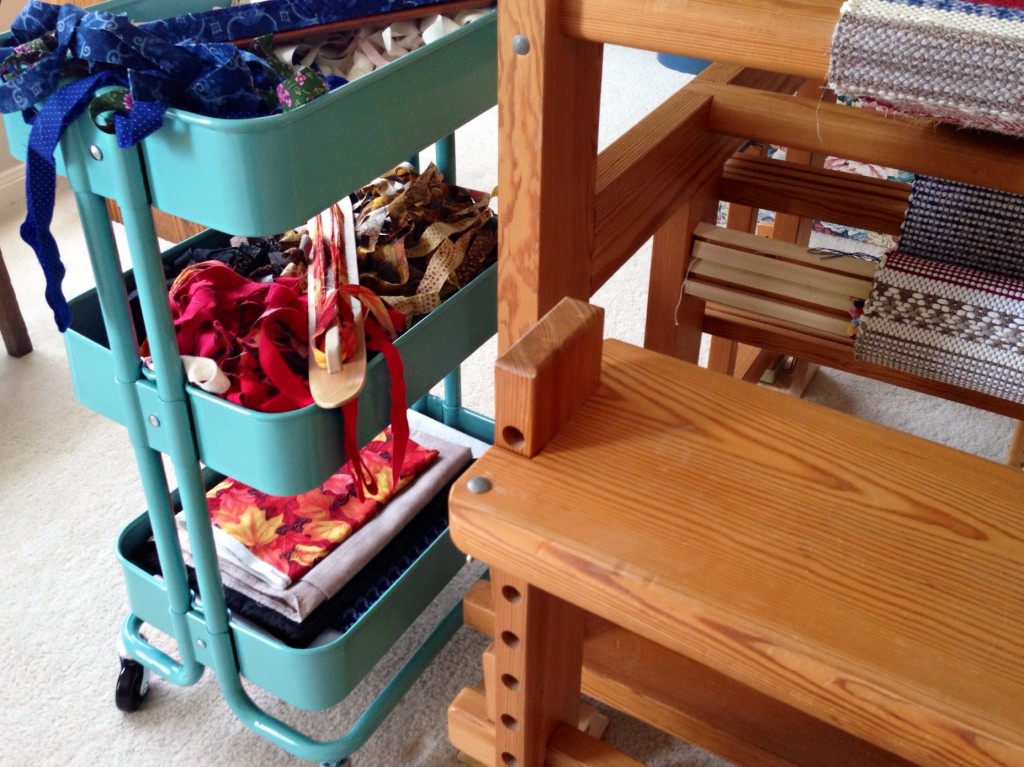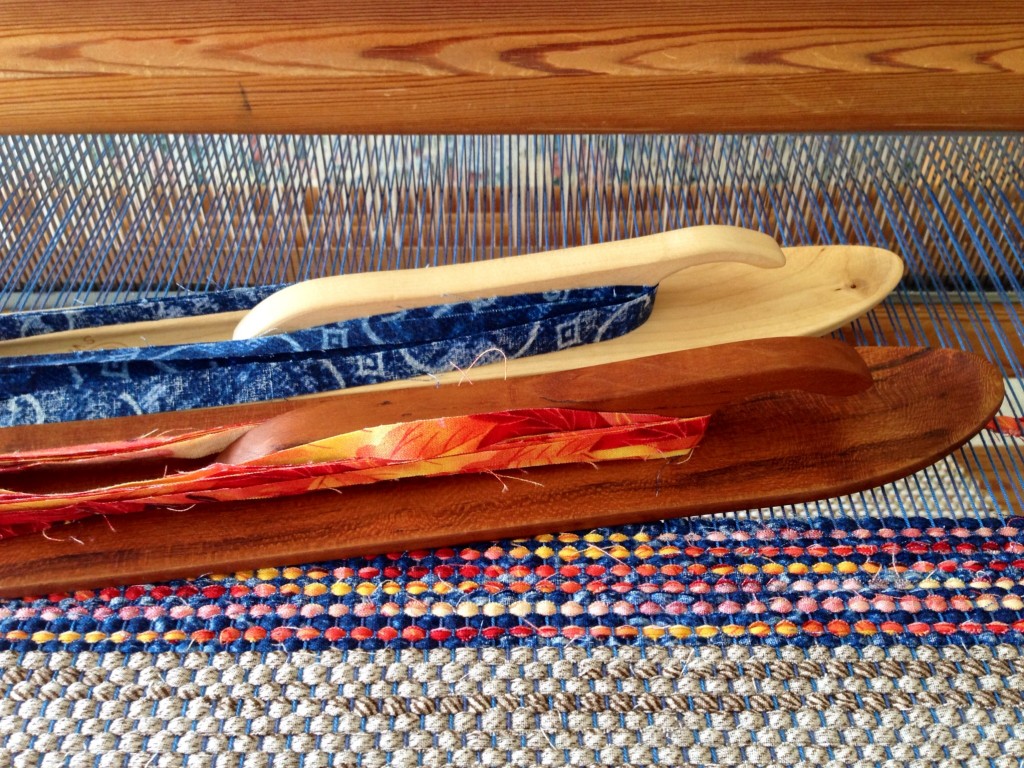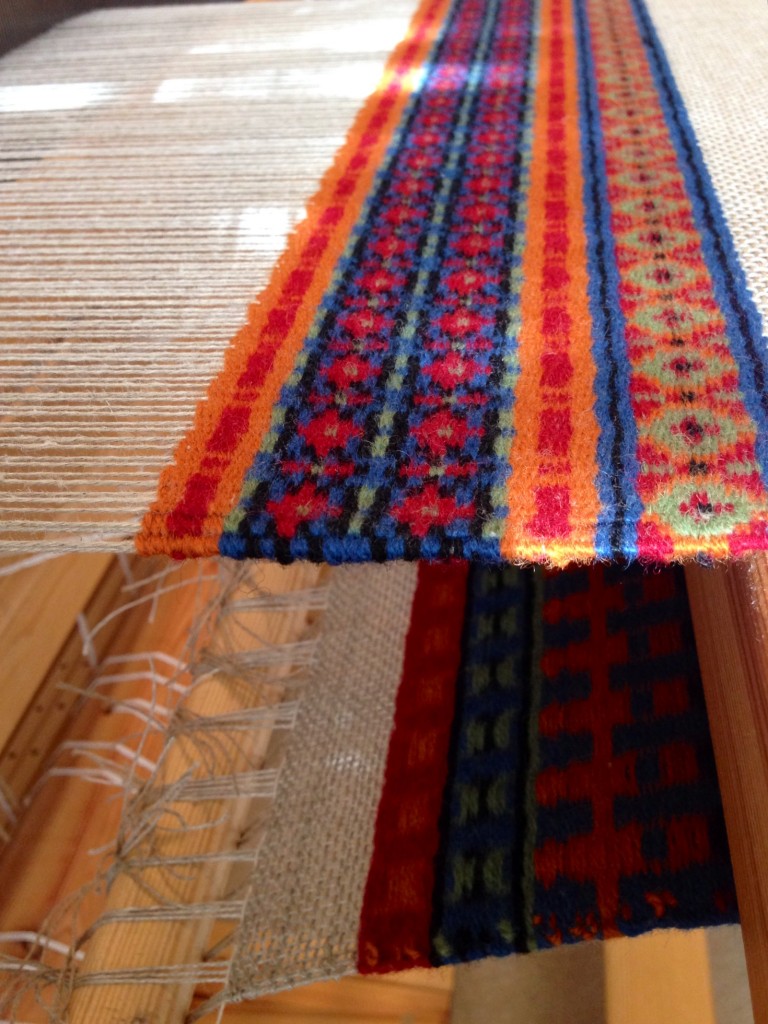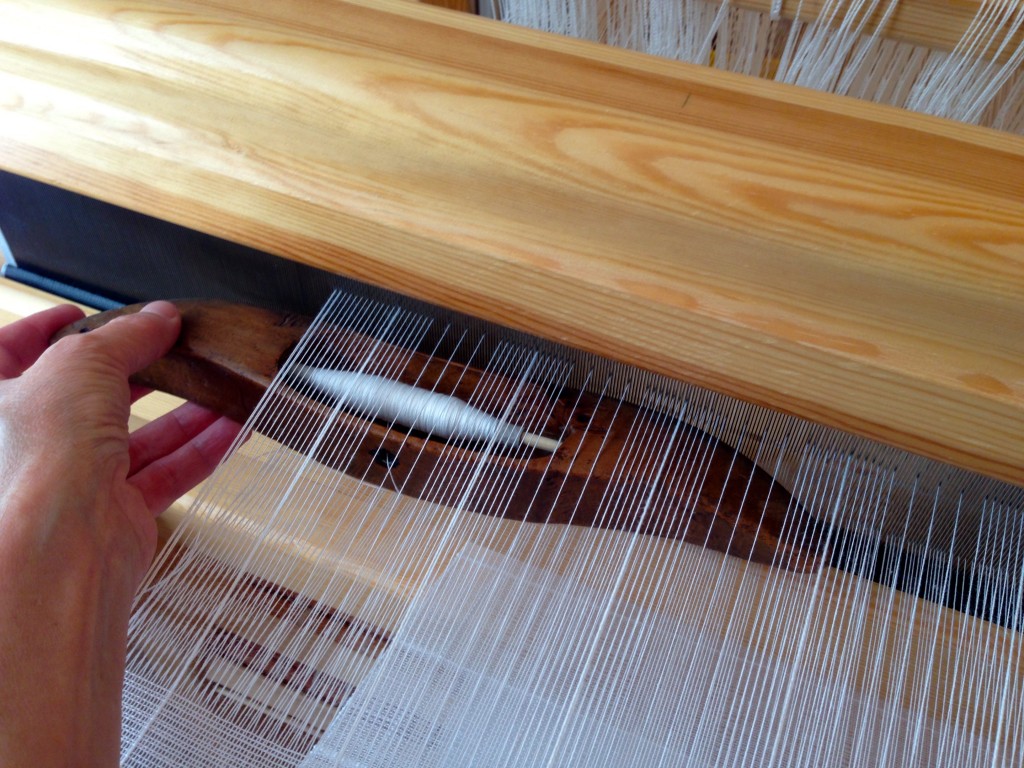My feet follow an eight-step sequence on four treadles for this rosepath pattern. Even one step out of sequence makes a glaring error. I start out conscious of the order, repeating the numbers aloud while moving my feet. 3-2-1-4-1-2-3-4. After a while, my feet find a motor memory and I don’t need to concentrate as much. Now I’m in my sweet spot, throwing the shuttle back and forth, making cloth. (This flat cloth will be the back of a cushion with THIS rya weaving on the front.) I would like my attitudes to stay in their sweet spot, too.
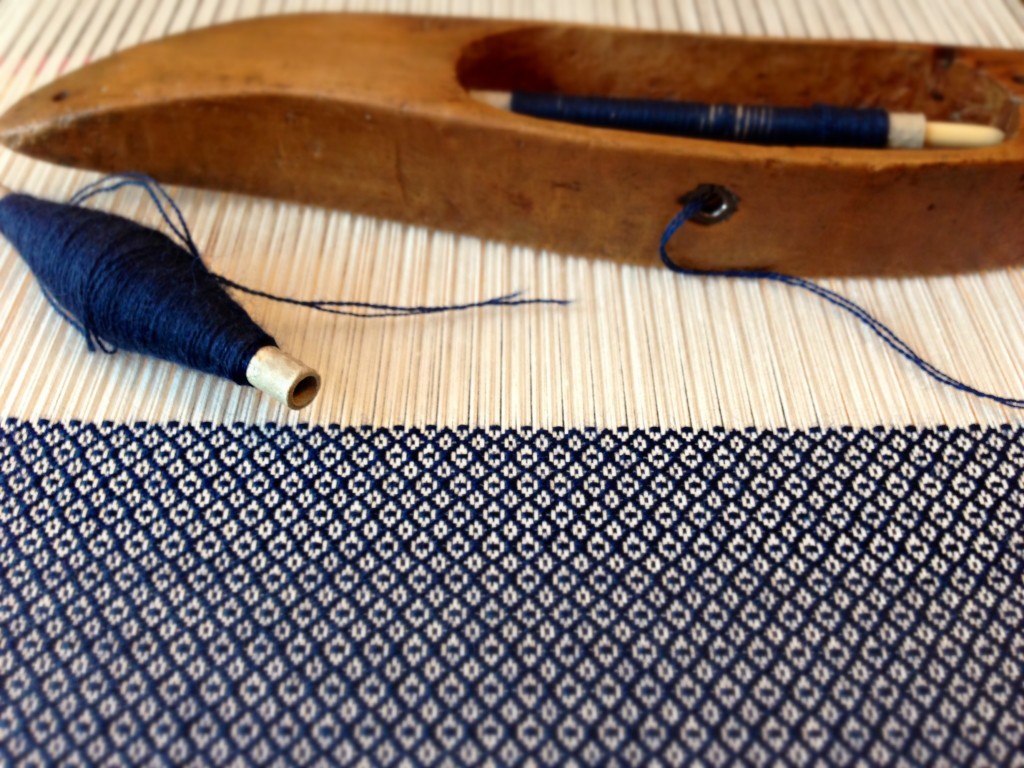
There are normal interruptions in weaving, like stopping to replace the quill in the shuttle. Most of my treadling errors happen after those interruptions. With my attitudes, the disruption that knocks me out of my sweet spot is an encounter with someone who is disagreeable, rude, or unkind.
When we give a blessing, though, even to the undeserving, we come out ahead. If I show empathy, kindness, and humility to someone who does not show it in return, I end up with the blessing. If I return evil for evil or insult for insult, however, I throw that blessing away and my misstep makes a glaring error in my own fabric. Giving a blessing is the best way to get back to that sweet spot.
May you be ready for your next blessing.
As Always,
Karen

